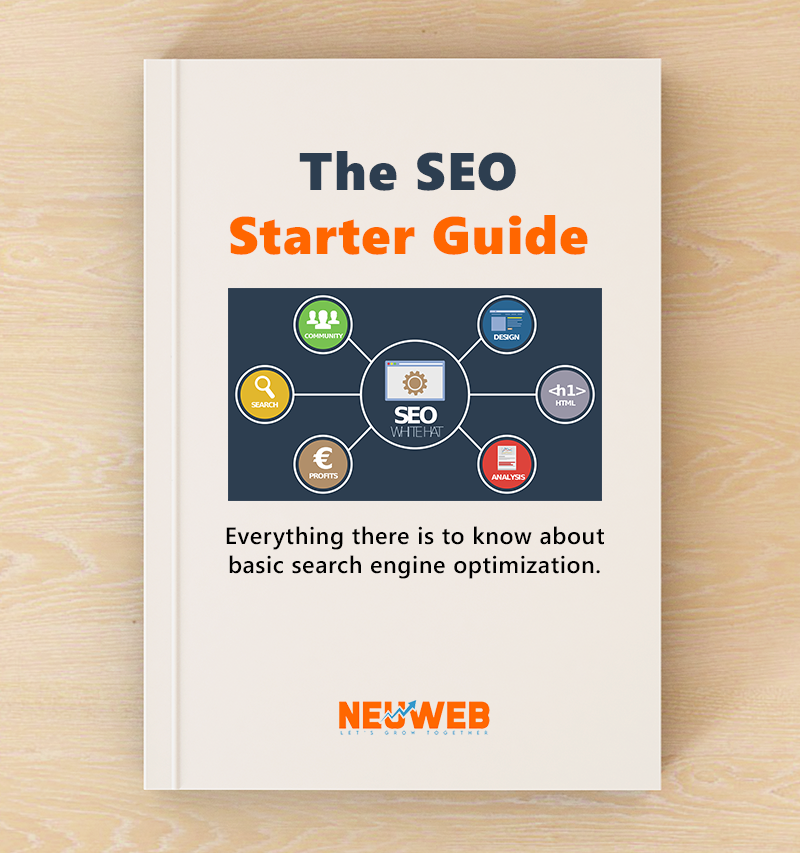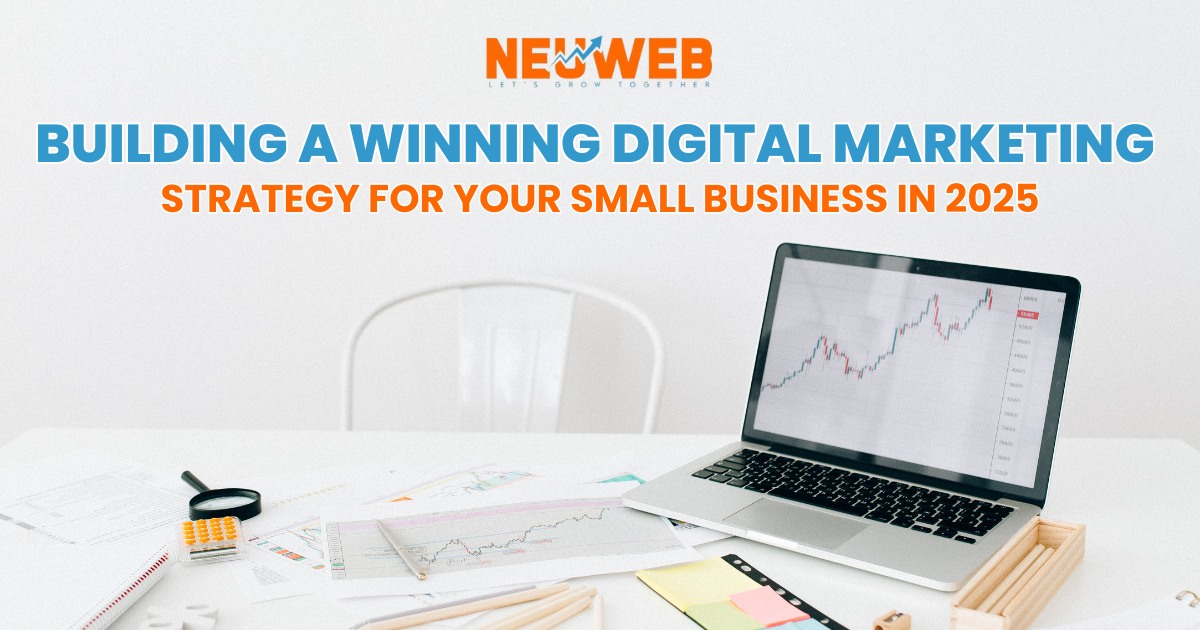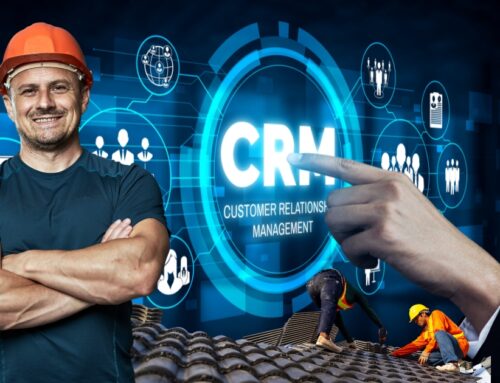Building a Digital Marketing Strategy for Your Small Business in 2025
Creating a solid digital marketing strategy is no longer optional for small businesses—it’s a must. In 2025, the digital landscape is more competitive than ever, and understanding the ins and outs of a modern marketing plan can mean the difference between standing out and getting lost in the crowd. Whether you’re a tech-savvy entrepreneur or someone who still remembers the sound of dial-up internet, this guide will help you navigate the world of digital marketing with ease and confidence.
1. Strategy: The Blueprint for Success
Before you can build a skyscraper, you need a blueprint. The same goes for your digital marketing strategy. Think of your strategy as the master plan that guides all your online marketing efforts. It’s where you set your goals, define your audience, and decide on the best tools to reach them.
-
Business Plan: Your business plan is the backbone of your strategy. It’s where you outline what you want to achieve, whether that’s increasing sales, growing your customer base, or just getting the word out about your business. Start by setting clear, measurable goals. For example, instead of saying “I want more customers,” aim for something like, “I want to increase my customer base by 20% in the next six months.” That’s specific, measurable, and gives you a target to shoot for.
-
Target Audience: Knowing your audience is like having a map that leads directly to your business goals. Are your customers mostly tech-savvy millennials, or are they more in the Baby Boomer camp, just dipping their toes into online shopping? Understanding their preferences, behaviors, and pain points allows you to craft messages that speak directly to them. If you’re targeting a 50-year-old who’s running a local retail shop, you might want to focus on how your products or services can simplify their operations or boost their sales without needing a Ph.D. in digital tech.
-
Offer Creation: This is where the magic happens. Your offers should be tailored to meet the needs of your target audience. Think about what’s most important to them and craft offers that are irresistible. For example, if you’re a local bakery, offering a “Buy One, Get One Free” deal on the first Wednesday of every month can create a buzz and bring in foot traffic. But don’t just stop there—use your website and social media to promote the offer and create a sense of urgency with a countdown timer.
Want to dive deeper into creating a business plan that works? Check out our detailed guide on business planning for more insights.
2. Website: Your Digital Storefront
Imagine walking into a store that’s cluttered, hard to navigate, and looks like it hasn’t been updated since the 90s. Chances are, you’d walk right back out. Your website is your digital storefront, and it needs to make a great first impression.
-
User-Friendly Design: Your website should be easy to navigate and visually appealing. In 2025, mobile-friendliness isn’t just a nice-to-have; it’s a must. With more people browsing the web on their phones than ever before, your site needs to look great and work well on all devices. This isn’t just about aesthetics—Google also ranks mobile-friendly websites higher in search results. So, a clean, responsive design can actually help you climb the SEO ladder.
-
Content is King: High-quality content is what keeps visitors on your site and encourages them to explore further. Whether it’s blog posts, videos, or product descriptions, make sure your content is relevant, informative, and easy to understand. A blog about “The Top 5 Trends in Digital Marketing for 2025” not only positions you as an expert but also helps you rank for terms like “Digital Marketing Strategy” and “Small Business Strategy 2025.” Need some inspiration? Check out our blog section for ideas on how to keep your content fresh and engaging.
Curious about how to optimize your website for 2025 and beyond? Visit our Website Design Services page to see how we can help.
3. CRM Automation: Your Secret Weapon
Customer Relationship Management (CRM) systems are like the personal assistants you wish you had—organized, efficient, and always on top of things. CRM automation can save you time, keep your customer interactions consistent, and make sure you’re following up at just the right moments.
-
Email Marketing: Remember the days when email was the latest and greatest way to reach customers? Well, it still is! Email marketing is one of the most cost-effective ways to keep your audience engaged. With CRM automation, you can segment your email lists based on customer behavior, interests, or purchase history. This way, you’re not just blasting out generic messages—you’re sending personalized content that’s more likely to get opened and clicked.
-
SMS Marketing: Text messages are direct and get your message right in front of your customers. Whether you’re reminding them about an appointment or letting them know about a flash sale, SMS marketing is quick and effective. The key here is to keep it short and sweet. A message like, “Hey [Customer Name], just a heads up that we’re having a 24-hour sale on all inventory! Shop now [link]” is hard to ignore.
-
Sales Pipeline: Your sales pipeline is the journey a customer takes from their first interaction with your brand to the moment they make a purchase. CRM automation can help you track where each lead is in this journey, so you know when to nudge them with a follow-up email or a special offer. It’s like having a GPS for your sales process, ensuring you never miss an opportunity to close a deal.
Interested in learning more about CRM tools? Check out our CRM Services page to see how automation can streamline your business operations.
4. SEO: The Key to Being Found
Search Engine Optimization (SEO) is the art and science of getting your website to rank higher in search engine results. In 2025, SEO isn’t just about keywords—it’s about creating a comprehensive strategy that includes on-page and off-page elements.
-
On-Page SEO: This involves optimizing everything on your website, from the content to the HTML source code. Make sure your website is fast, secure, and easy to navigate. Use keywords naturally in your content, and don’t forget about meta tags and descriptions—they still play a role in how search engines understand your site. Pro tip: Long-tail keywords (like “best digital marketing strategy for small businesses 2025”) might have lower search volume, but they’re often less competitive and more likely to convert.
-
Off-Page SEO: This is all about building your website’s authority through links from other reputable sites, social media mentions, and online reviews. Think of off-page SEO as your digital reputation—Google pays attention to who’s talking about you and how they’re talking about you. Guest blogging, getting featured in online directories, and earning positive reviews can all help boost your off-page SEO.
For a deeper dive into how SEO can boost your business, check out our Complete SEO Guide for Small Businesses.
5. Content Marketing: The Fuel for Your Marketing Engine
Content is at the heart of your digital marketing strategy. It’s how you connect with your audience, provide value, and establish your brand as an authority in your industry. In 2025, content marketing is more important than ever.
-
Blogs: Blogging is a great way to share your expertise and drive traffic to your site. Regularly publishing informative, well-written blog posts can help you rank for relevant search terms and keep your audience coming back for more. For example, a post titled “5 Proven Strategies for Boosting Your Small Business’s Digital Presence in 2025” can target those searching for ways to improve their marketing efforts.
-
Videos: Videos are incredibly engaging and can convey complex information quickly and effectively. Whether you’re creating product demos, customer testimonials, or how-to guides, video content can help you connect with your audience on a deeper level. Plus, videos are highly shareable, making them a great tool for expanding your reach on social media.
-
Social Media: Being active on social media is a must in 2025. It’s where your customers are, so it’s where you need to be. Use platforms like Facebook, Instagram, and LinkedIn to share your content, engage with your audience, and build relationships. Social media also offers powerful advertising tools that can help you reach specific demographics and drive traffic to your website.
Want to learn more about crafting a content marketing strategy? Check out our Content Marketing Services page.
6. Digital Advertising: Getting the Word Out
Sometimes, you need to pay to play. Digital advertising is a quick way to get your brand in front of potential customers, but it requires a well-thought-out strategy to get the best return on investment.
-
Facebook Ads: Facebook offers robust targeting options that allow you to reach specific demographics, interests, and behaviors. Whether you’re running a local ad campaign or targeting a nationwide audience, Facebook Ads can help you get the word out. Just make sure your ads are visually appealing and have a clear CTA (Call to Action).
-
Google Ads: Google Ads can place your business at the top of search results, increasing visibility and driving conversions. By bidding on keywords relevant to your business, you can attract high-intent users who are already looking for what you offer. For example, bidding on the keyword “affordable digital marketing services” can drive traffic to your service page where potential customers can learn more about what you offer.
For a detailed comparison of digital advertising platforms, visit our Digital Advertising Comparison Guide.
7. Reporting: Measuring Success
You can’t manage what you don’t measure. Reporting is how you keep track of what’s working and what’s not, allowing you to make data-driven decisions that improve your strategy over time.
-
Live Reporting Dashboard in CRM: Imagine having a dashboard that shows you real-time data on your marketing efforts. With a CRM system, you can track everything from email open rates to website traffic and conversion rates. This gives you the information you need to adjust your strategy on the fly, ensuring you’re always moving in the right direction.
Want to see how reporting can transform your business? Check out our Reporting and Analytics Services.
Time to Take Action!
Building a digital marketing strategy in 2025 doesn’t have to be daunting. By focusing on the right areas and using the right tools, you can create a plan that drives results and helps your business grow.
Ready to start building your strategy? Visit Neuweb Marketing to learn more about how we can help. Let’s make 2025 your best year yet!






